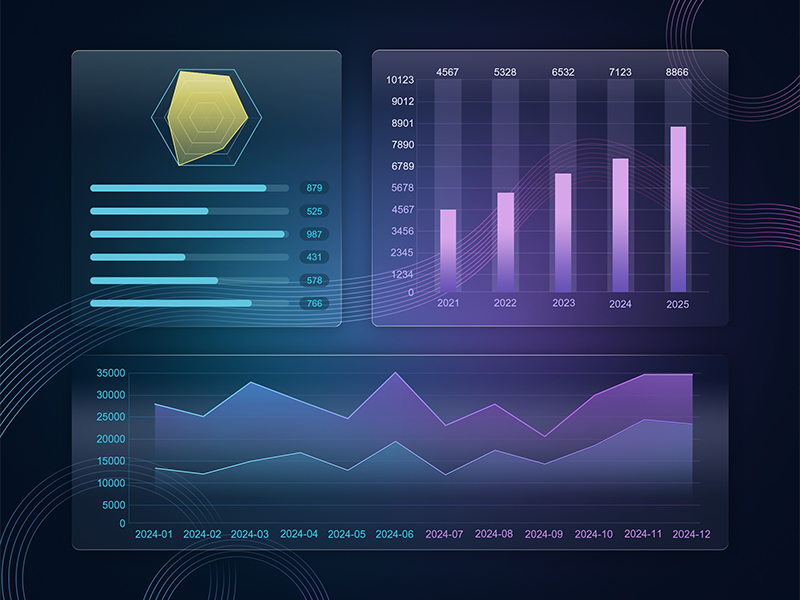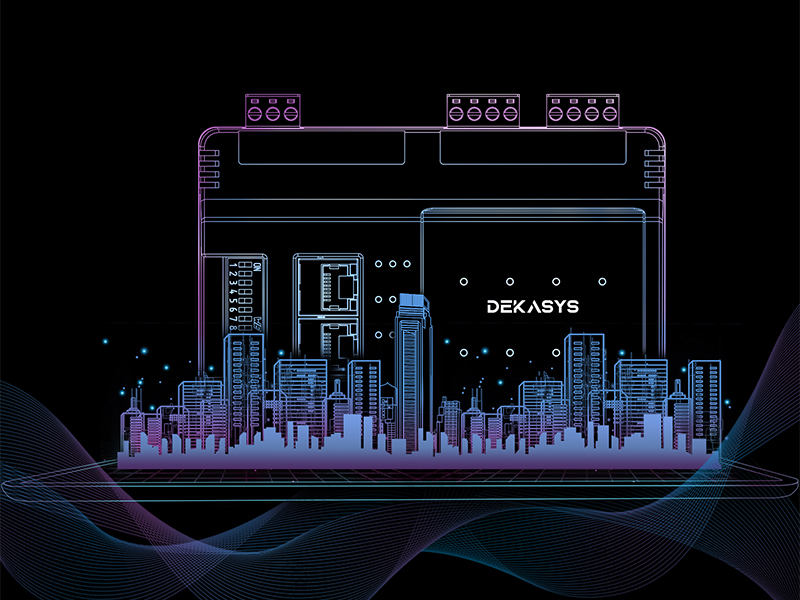Remote I/O Module Industry Dynamics: Technological Innovation and Application Expansion Drive Market Growth
With the in-depth advancement of Industry 4.0 and intelligent manufacturing, remote I/O modules as the core components connecting physical devices and digital systems start a period of technological innovation and market explosion.

1.Market demand continues to grow, industrial automation and new energy become the core driving force.
Remote I/O module in global market is expected to exceed $10 billion by 2031, with a compound annual growth rate of 8.5%. Industrial automation takes more than 60%, especially in automotive manufacturing, semiconductor production, new energy (photovoltaic, wind power) and other scenarios. Remote I/O modules significantly reduce wiring costs and improve production line flexibility through distributed deployment and real-time data acquisition. For example, in semiconductor factory, module cascading technologies, such as dual-port Ethernet I/O modules, can scale to thousands of I/O points and support high-precision environmental control and device linkage.
In the field of new energy, photovoltaic power stations monitor inverter efficiency and environmental parameters in real time through remote I/O modules to optimize energy output stability, which becomes an industry standard solution.
2.Technological innovation: multi-protocol compatibility, wireless and edge intelligence become the focus
☑ Direction of technology upgrade:
☑ Multi-protocol compatibility: The modules of main manufacturers support Modbus, BACnet, MQTT and other protocols to achieved direct connection with Ali Cloud, Tencent Cloud and other platforms.
☑ Wireless and 5G integration: Wireless remote I/O modules achieve low latency transmission through 4G/5G networks. It is suitable for mobile devices (such as AGV cars) and complex environments (such as port terminals).
☑ Typical case:
In medical industry, remote I/O modules are used in PCR mobile shelter laboratories to accurately control air pressure, temperature and humidity and air flow to ensure the safety of the testing environment.
In the field of collaborative robots, dual-network port expansion modules simplify wiring through Daisy chain topology, and support high-speed acquisition and real-time feedback of multi-sensor signals.
3. Application scenarios are penetrating into vertical fields
The application of remote I/O modules has expanded from traditional industry to new areas:
☑ Smart agriculture: The greenhouse uses modules to monitor soil moisture, light intensity, and linkage irrigation systems to achieve water saving of more than 30%.
☑ Intelligent traffic: In tunnel lighting and signal lamp control, the module supports dynamic dimming and fault warning, and the energy saving rate is increased by 25%.
☑ Environmental monitoring: The sewage treatment plant uses a module to remotely collect water quality parameters (such as PH value and turbidity), automatically adjust the dosage of chemicals, and improve treatment efficiency.
4.Safety and standardization: the two cornerstones of industry development
With the upgrading of data security requirements, remote I/O module manufacturers strengthen the protection design:
☑ Hardware protection: High protection level and wide temperature operation, especially for extreme environment.
☑ Data encryption: national secret algorithm is used to ensure the safe transmission of industrial control data.
☑ Standardization Process: The International Electrotechnical Commission (IEC) promotes the standardization of 4-20mA current signals with the Modbus protocol to reduce the complexity of system integration.
5.Policy and ecological cooperation promote industrial upgrading
The plan clearly lists industrial Internet and intelligent manufacturing as the focus, and remote I/O modules as infrastructure are favored by policies.
☑ Future outlook
With the deep integration of 5G, AI and edge computing in 2025, remote I/O modules will accelerate iteration in the direction of "intelligent, wireless and highly integrated". It is predicted that the proportion of modules supporting AIoT will exceed 50% in the next three years, and new growth points in smart cities, car networking and other fields will emerge.
☑ Industry challenges:
Small and medium-sized enterprises face the cost pressure of technology upgrading; Cross-platform protocol compatibility still needs to be optimized.
Remote I/O modules are transforming from "connectivity tools" to "intelligent cores", and the technological evolution and ecological expansion will continue to empower global digital transformation.




